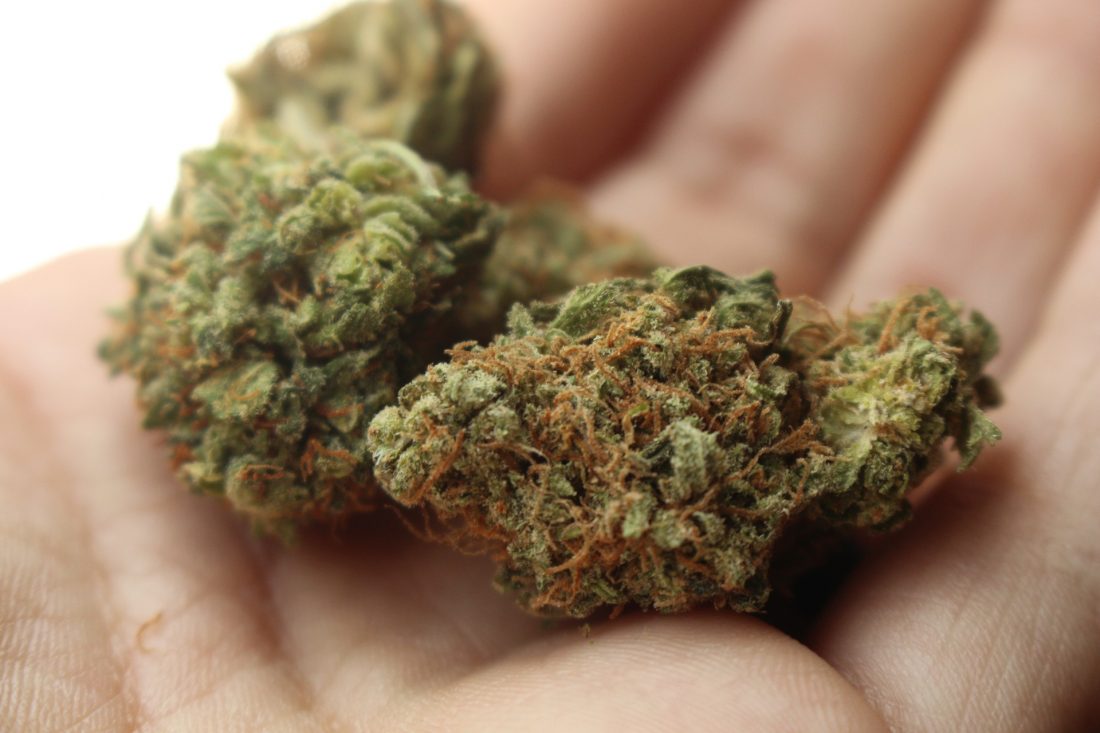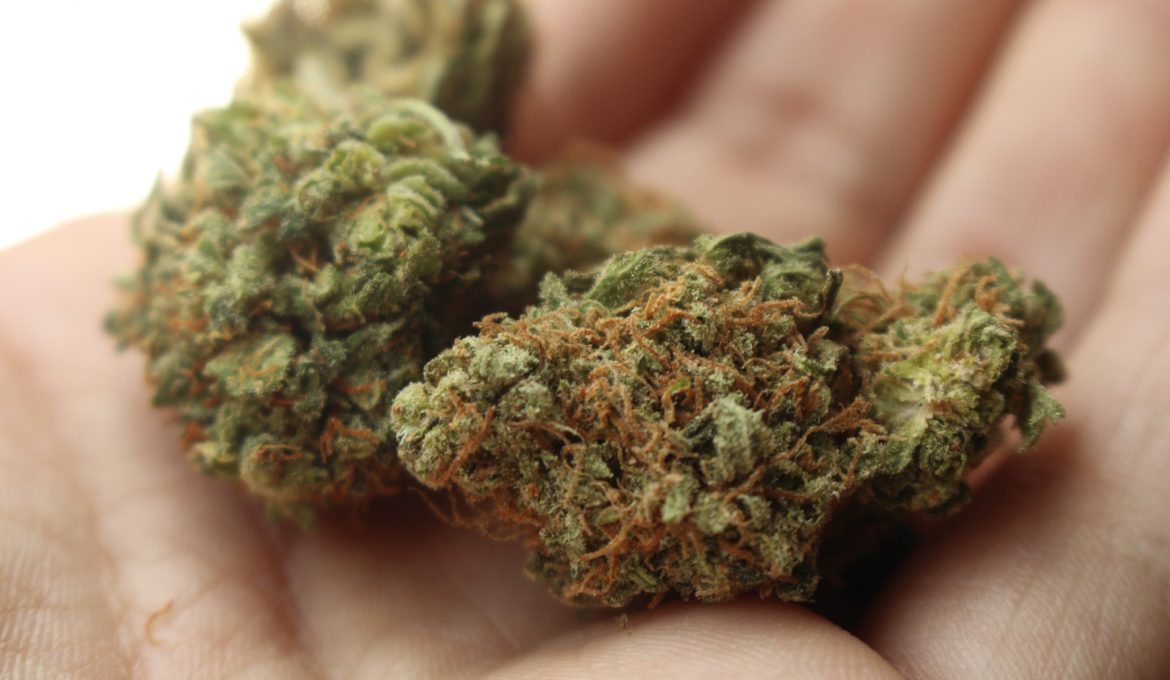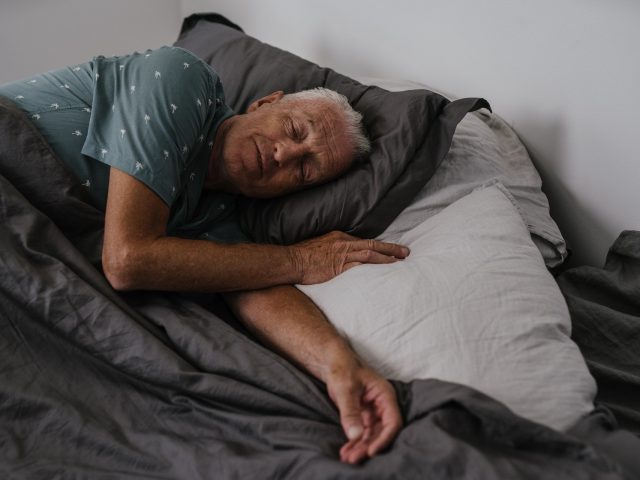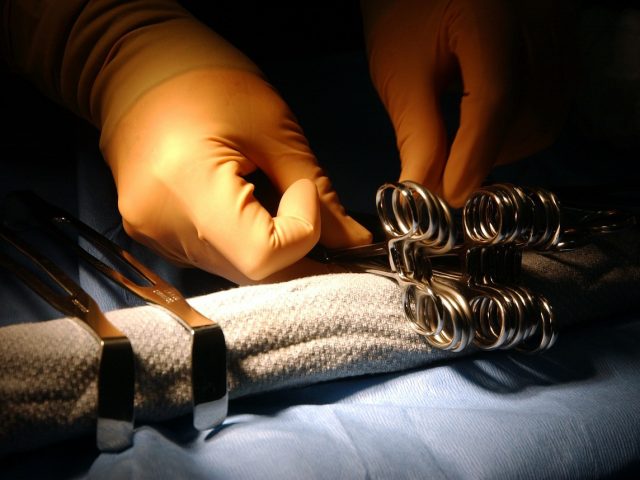
Cannabidiol (CBD) is perhaps the hottest wellness trend in the world right now. This substance comes from hemp and cannabis, but intriguingly, taking it won’t make you feel high, stoned or intoxicated in any way. But wholesale CBD products are packed with lots of therapeutic properties, that people are harnessing to improve their health.
As you would expect with any new wellness product, there have been plenty of sceptical comments from critics. But CBD certainly isn’t snake oil, with its benefits and uses all grounded in a revolutionary field of science, which is based around the endocannabinoid system (ECS).
In this post, we will explain why CBD is safe and how it affects us, and introduce a few types of product that are making their mark on the wellness industry.
What is the endocannabinoid system (ECS)?
The body consists of many different systems, many of which we’ve all heard about – such as the immune system and the reproductive system. Some like to call the ECS the “cannabis system”, as it consists of natural compounds called endocannabinoids and cannabinoid receptors.
Endocannabinoids are very similar to cannabinoids from hemp and cannabis, like CBD and tetrahydrocannabinol (THC) – and both interact with cannabinoid receptors in their own unique ways, affecting our physical and mental health. The ECS mostly explains why the cannabis plant has therapeutic potential, as has been understood by humans for millennia. But the science itself is a much more recent revelation – we didn’t know about cannabinoids until the mid-20th century, nor the ECS until the 1990s. That’s why CBD is only just beginning to make its mark.
How CBD could help you
The main purpose of CBD has only become clear in the past couple of decades. While THC has a more direct effect on the ECS, by binding to the system’s two cannabinoid receptors, CBD has completely the opposite effect – suppressing activity at them. However, the discovery of endocannabinoids has helped to paint a fuller picture. The opposite effects of THC and CBD at the CB1 receptor shows why one gets you high and the other doesn’t.
The primary endocannabinoid in the body is anandamide, which is an agonist of both the CB1 and CB2 receptors. CBD promotes balance and regulation at these receptors, by ensuring that anandamide is available in the appropriate amounts. If the body is deficient in anandamide, then CBD stops the compound from being broken down.
What this means at the CB1 receptor
CB1 receptors are mostly present in the central nervous system, and have an effect on our psychological health. Regulation at this receptor helps us to maintain a balanced mood and appetite. Indeed, when THC binds to this receptor, it triggers a rapid increase in appetite, which is why consuming cannabis is associated with getting the ‘munchies’.
Our sensitivity to pain also appears to be regulated at the CB1 receptor, and explains why CBD is showing potential as an analgesic. If the CB1 receptor is dysregulated, this may cause us to feel more pain than we usually do. Recent research into fibromyalgia suggests that the painful symptoms of the condition may come due to dysregulation in the ECS.
What this means at the CB2 receptor
CB2 receptors are situated all over the body, as part of the peripheral nervous system. Their main responsibility is to link up the ECS with the immune system, so the endocannabinoids and cannabinoids can regulate inflammation. Keeping inflammation controlled is critical to managing the likes of arthritis and irritable bowel syndrome (IBS), and also for treating autoimmune diseases.
Therefore, CBD has powerful anti-inflammatory effects. But perhaps more importantly, CBD works with the body much more naturally than non-steroidal anti-inflammatory drugs (NSAIDs), which can cause stomach ulcers, among other side effects.
Types of CBD product
CBD wholesale products legal at federal level are all made from industrial hemp, and have a maximum of 0.3% THC. CBD is not just popular as a alternative form of medication, but also as a supplement for endocannabinoid system optimization. For the fastest delivery of CBD’s effects, you can either vape infused e-liquids or apply tincture oils under the tongue. For CBD effects that last all day or all night, you may be better served by capsules, edibles or syrups. These also tend to be more discreet.
The hemp-based cosmetic CBD industry is beginning to surge as well. There are signs that creams can treat infections, skin-based inflammatory conditions and even produce an anti-aging effect by virtue of being rich in antioxidants.



